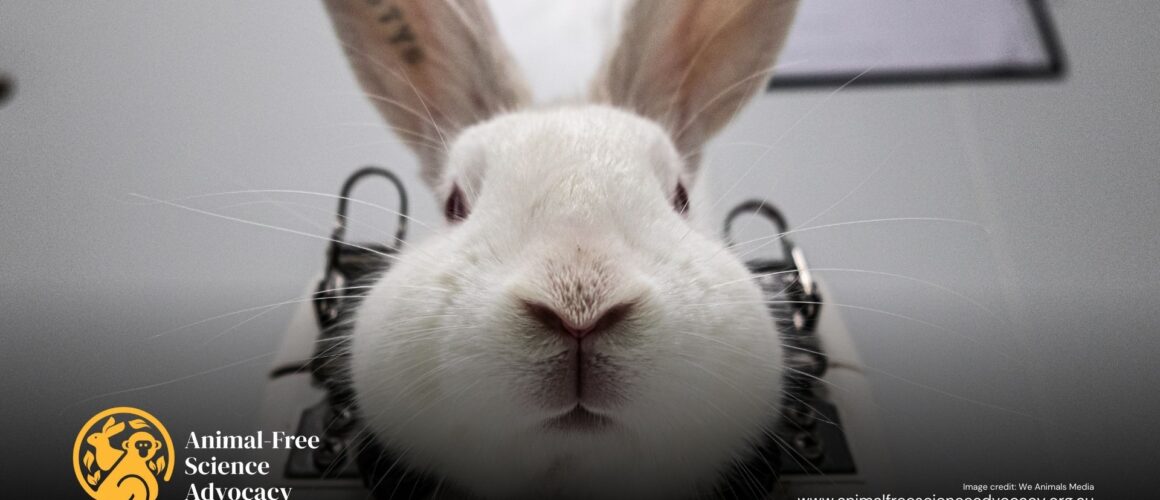Latest Australian statistics reveal close to 3,000,000 animals used in INVASIVE experiments!
The statistics for 2017 (most recent available) have been collated by Humane Research Australia and show that the number of animals used in research and teaching was 20,160,469 (up from 11,736, 081 the previous year). This total is very conservative as no data was submitted for South Australia, ACT and the Northern Territory, therefore averages have been used to draw estimations, in the absence of official data.
Whilst this is the highest number of animals recorded; this is largely due to over 12 million poultry reported as used in Queensland. The purpose and nature of this research remains unknown to HRA due to Queensland government delays in responding to a freedom of information request initiated in November 2019, which is now under external appeal. Removing these, on the basis they are likely to have been used in observation studies, along with other animals used only in observational studies, reduces the 2017 total for invasive research to 2,981,856. In comparison,
in 2016 there were 1,800,598 animals used for this purpose, suggesting a 60% increase.
The severity assessment of the procedures conducted range from ‘Observational studies involving minor interference’ to ‘Major physiological challenge’, ‘Production of genetically modified animals’ and ‘Death as an end point’. Environmental studies and understanding human or animal biology were the most common research purposes undertaken.
Mice, native mammals, domestic fowl and fish were the species used most. In addition, nearly 5,000 rabbits, 2587 cats, 11,368 dogs and 272 primates were reported as used.
Rachel Smith, Campaigns Manager, Humane Research Australia: “Despite the previous years’ unusual but welcome reduction, the increase in numbers of animals used is a concerning trend, particularly when the principles of replacement, reduction and refinement are a regulatory requirement. The extrapolation of data from animals to humans can be dangerously misleading due to anatomic, genetic and metabolic differences. It is therefore not the most efficacious method of medical research”.
Australia maintains no national collection or collation of animal use statistics, unlike many other countries. Even at state/territory level, there are lengthy delays in reporting, extremely inconsistent collection and reporting methods between jurisdictions and institutions, and some states and territories don’t even collect statistics at all. Given the inadequacies of the current reporting system, HRA is fully supportive of the Motion passed in the Senate on 27 February calling on the Government to invest in the methods and technology needed to end the use of animals for research purposes.
Rachel Smith states “It is essential that we have a nationally consistent and reliable procedure for reporting and publishing annual statistics on animal use in research and teaching – particularly in order to facilitate transparency and accountability, and especially given much research is tax-payer funded. If no statistics are being made available, what are they hiding?”.
A full breakdown is available at humaneresearch.org.au/statistics or listen to the HRA animal use statistics podcast here. Information on transparency in animal research can be found here. Case studies documenting research in a range of species can be found here.
